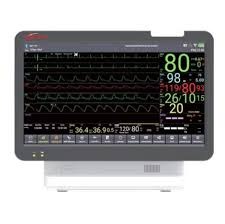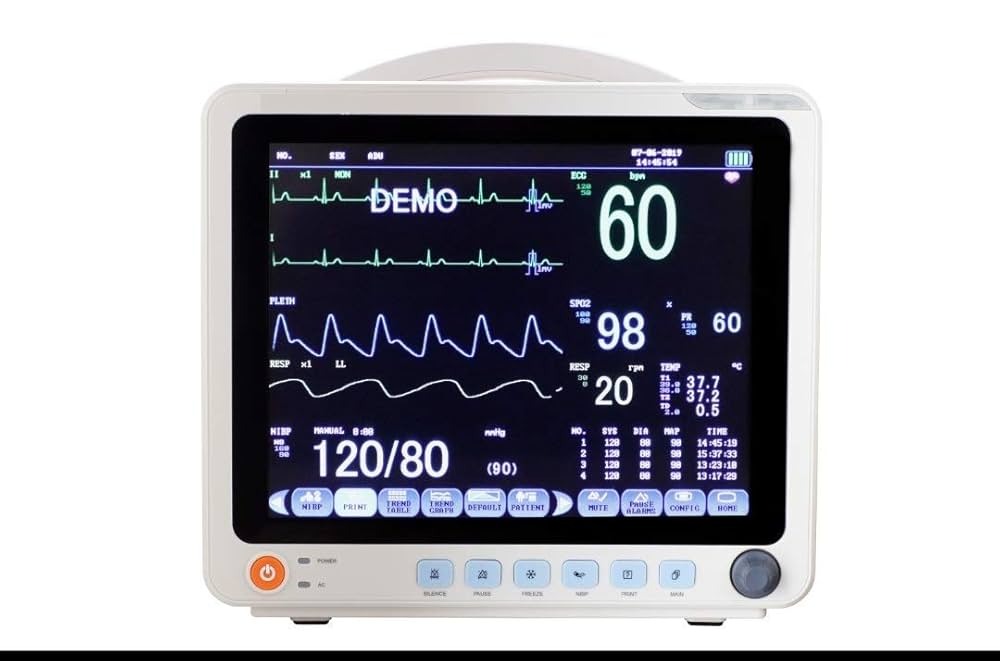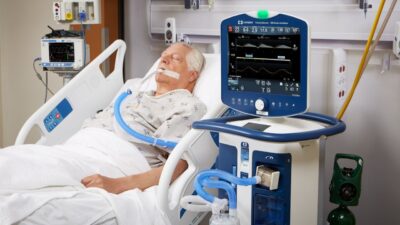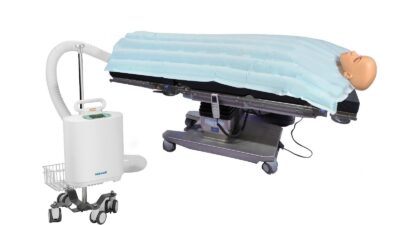In critical care, multipara monitors are non-negotiable. These devices track multiple physiological parameters in real-time, slashing response times during emergencies. Used across ICUs, ambulances, and even homes, they’re the frontline defense against patient deterioration.
Table of Contents
How Multipara Monitors Work: Sensors to Alerts
- Sensors attach to the patient (ECG electrodes, SpO2 probes, BP cuffs).
- Data Processing Units convert signals into waveforms/numerics.
- Display Screens show real-time trends (e.g., ST-segment analysis for heart attacks).
- Smart Alarms trigger when values exceed preset thresholds (e.g., SpO2 < 90%).
Pro Tip: Look for monitors with motion-artifact reduction to cut false alarms.
Key Parameters Monitored & Clinical Impact
| Parameter | What It Tracks | Why It Matters |
|---|---|---|
| ECG | Heart’s electrical activity | Detects arrhythmias, ischemia |
| SpO2 | Blood oxygen saturation | Early warning of hypoxia |
| NIBP | Non-invasive BP | Monitors hypertension/shock |
| IBP | Invasive blood pressure | Critical for surgical precision |
| EtCO₂ | End-tidal CO₂ | Confirms ventilator efficacy |
| Temp | Core body temperature | Flags sepsis or hypothermia |
Types of Multipara Monitors
| Type | Best For | Top Models |
|---|---|---|
| Bedside Monitors | ICUs, Operating Theatres | Philips IntelliVue MX800 |
| Portable Monitors | Ambulances, Emergencies | Mindray BeneVision N1 |
| Handheld Devices | Quick triage, Clinics | Contec CMS7000 |
| Wearable Tech | Home care, Chronic patients | Masimo Radius VSM |
Price Guide: India-Specific
| Tier | Price Range (INR) | Example Models |
|---|---|---|
| Entry-Level | ₹25,000 – ₹50,000 | BPL Magna 3 Para, Contec CMS6500 |
| Mid-Range | ₹50,000 – ₹1,50,000 | Mindray IPM12, Niscomed PM9000 |
| High-End | ₹1,50,000 – ₹4,00,000+ | Philips MX450, GE Carescape B650 |
Budget Hack: Opt for refurbished Philips/Mindray units (30-40% cheaper with warranty).

Multipara Monitor vs. Single-Parameter Devices
| Feature | Multipara Monitor | Pulse Oximeter/ECG Only |
|---|---|---|
| Parameters | 5-10+ (ECG, SpO2, NIBP, etc.) | Single (e.g., SpO2) |
| Cost Efficiency | Higher upfront, lower long-term | Cheap but limited |
| Clinical Value | Holistic patient view | Fragmentary data |
| Alarm Integration | Cross-parameter alerts (e.g., low SpO2 + tachycardia) | None |
⚠️ Critical Gap: Single devices miss 68% of co-occurring emergencies (e.g., low BP + oxygen desaturation).
FAQs About Multipara Monitors
Q1. Can multipara monitors detect heart attacks?
A: Yes! ECG + ST-segment analysis identifies ischemia. Pair with troponin tests for confirmation.
Q2. How accurate are NIBP readings?
A: ±3 mmHg variance vs. invasive methods. Calibrate monthly for precision.
Q3. Are ₹25k budget monitors reliable?
A: For basic vitals in clinics—yes. Avoid for critical care (lack IBP/EtCO₂).
Q4. Can I monitor neonates with multipara systems?
A: Only with pediatric modes & specialized probes (e.g., Masimo RD SET sensors).
Q5. Why choose Philips over Indian brands?
A: Superior motion-artifact handling, longer lifespan (10+ years), global service.
Q6. Is WiFi mandatory?
A: Not for basic use—but essential for tele-ICUs & data analytics.
Q7. How often are software updates released?
A: Top brands (Mindray/Philips) issue annual updates with new features.
Q8. What’s the #1 maintenance mistake?
A: Skipping electrode replacement—causes poor ECG signals. Change every 72 hours.
Q9. Can I add parameters later?
A: Only in modular monitors (e.g., Philips MX series). Entry-level units lack expandability.
Q10. Do home-use monitors need certification?
A: Yes—insist on BIS/CE marks. Avoid uncertified imports.
Regulatory Checklist: Pre-Purchase Musts
Ensure your device has:
- BIS/CE/FDA Certification (non-negotiable for hospitals)
- ISO 13485 (quality management)
- IP22 Rating (splash resistance)
- 2+ Years Warranty
Overcoming Top 4 Challenges
- False Alarms: Enable motion-artifact suppression + set dynamic thresholds.
- Complex UI: Train staff via brand-provided webinars (Philips/Mindray offer free sessions).
- Calibration Drift: Use automated self-test features + annual vendor servicing.
- Data Overload: Customize displays to show only critical parameters.
Conclusion
Whether you’re equipping an ICU or managing COPD at home, multipara monitors are the gold standard. Prioritize expandability, regulatory compliance, and tech support when choosing. Invest once—save lives daily.
t: Hospitals using advanced multipara monitors report 35% faster response times and 20% lower mortality in ICUs (Journal of Critical Care, 2023).



